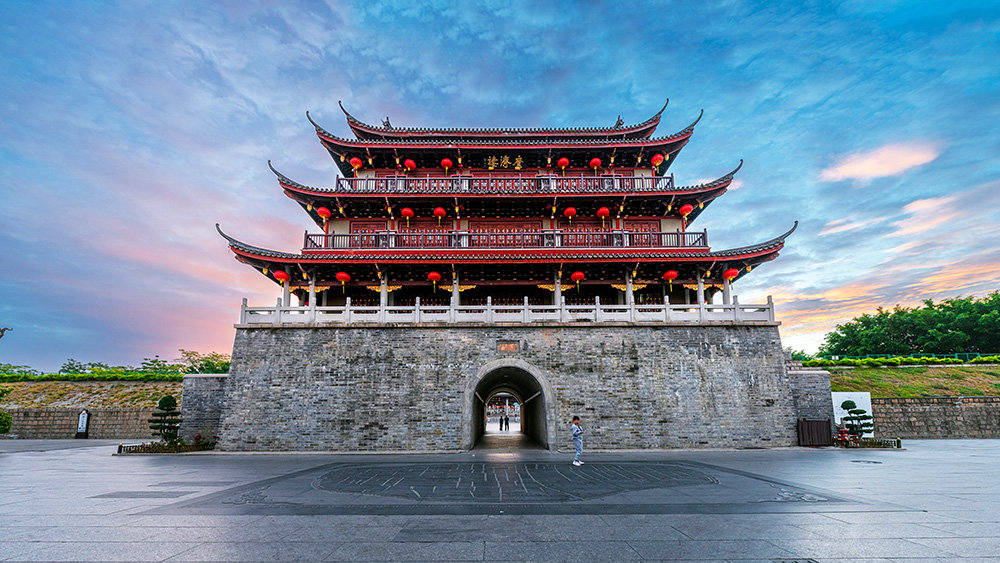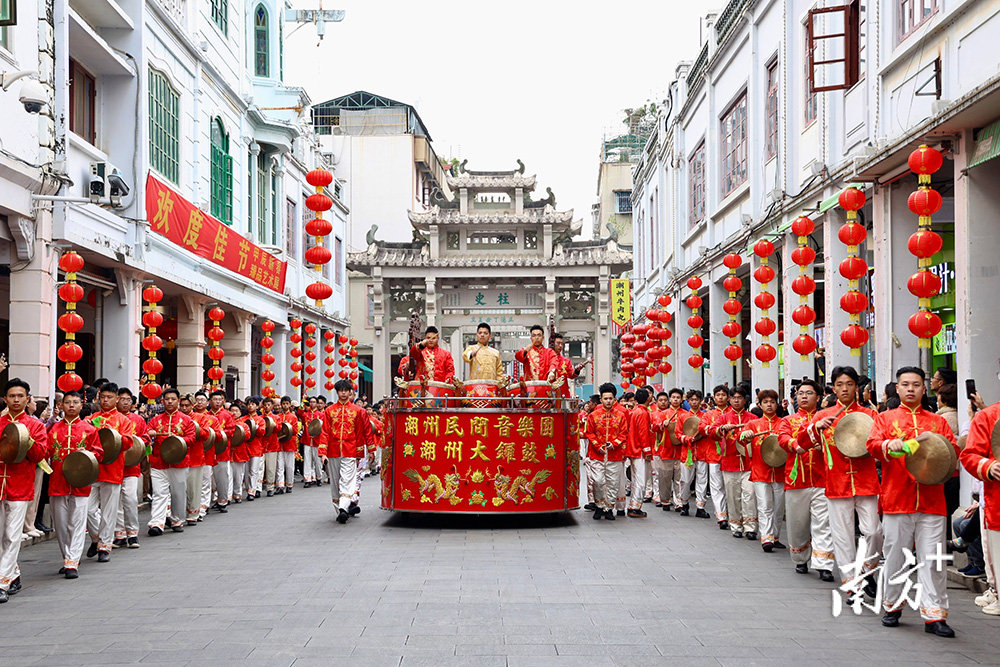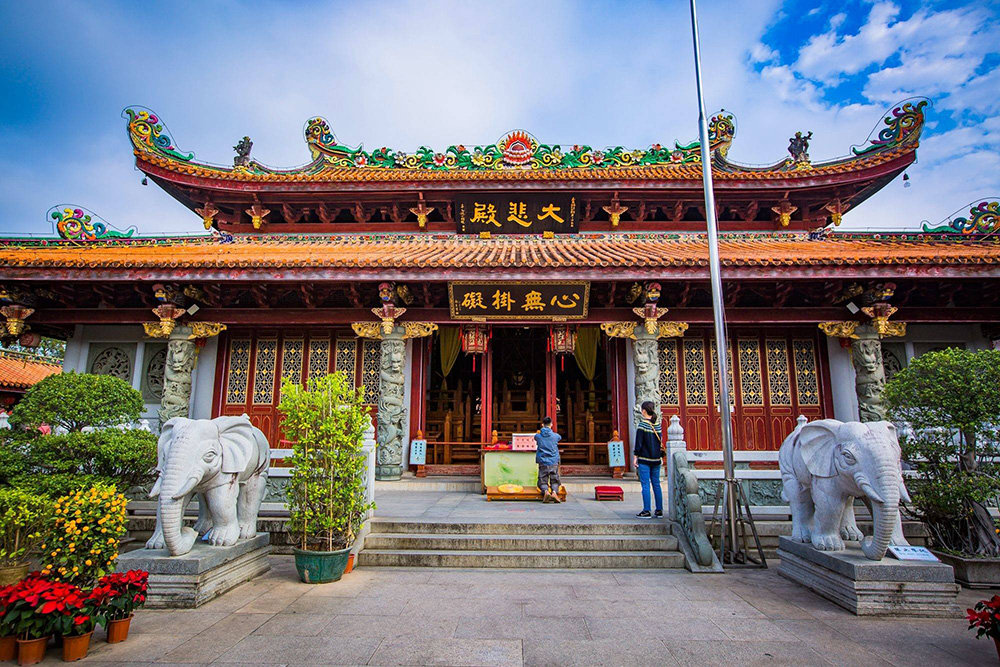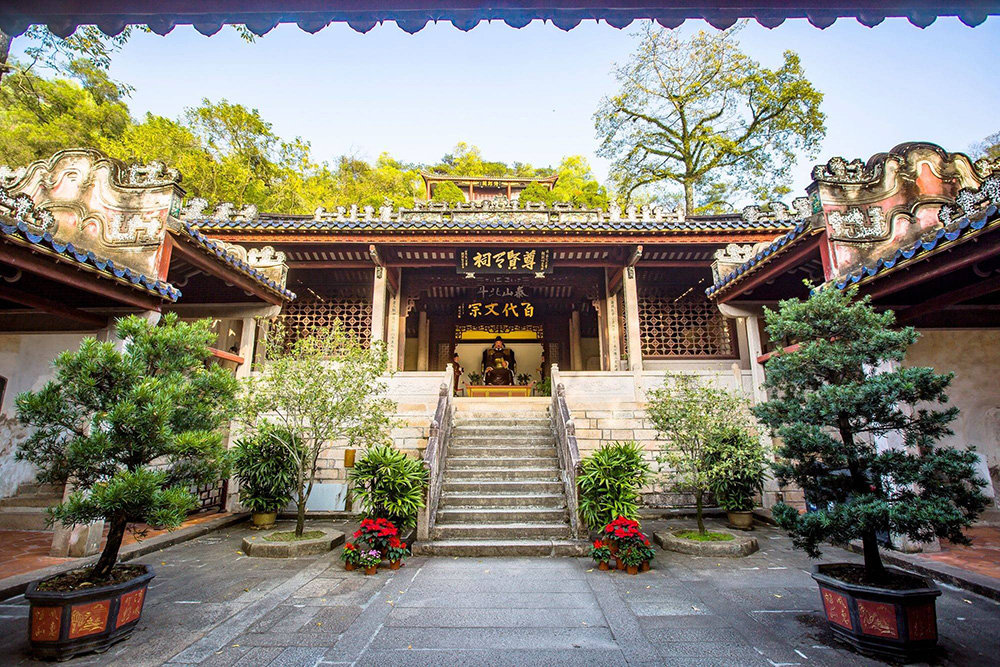If you close your eyes in Chaozhou, you might hear something magical — the gentle pluck of strings, the soaring notes of bamboo flutes, and melodies so ancient they seem to float through the air like forgotten dreams. Welcome to the charming world of Chaozhou music, one of China’s most precious intangible cultural heritages. But that’s only the beginning — from cultural treasures to delicious traditions, Chaozhou travel is a journey that delights every sense.

A Little Peek into the Past: The Origins of Chaozhou Music
Chaozhou music (also known as Teochew music) traces its roots back over a thousand years to the Tang Dynasty, blooming during the Song and Yuan periods. It grew from a blend of ancient court music, folk traditions, and the regional styles of Guangdong Province. As Chaozhou culture developed separately from neighboring regions, so too did its music, gaining a uniquely delicate, lyrical style that feels both refined and earthy at once.

Originally played at important ceremonies, temple fairs, and elegant garden gatherings, Chaozhou music was considered a symbol of taste and sophistication among the local elite — but it was also the heartbeat of everyday people, performed during weddings, celebrations, and village festivals.
What Makes Chaozhou Music So Special?
The sound of Chaozhou music is soft, lingering, and filled with emotion, often feeling as though it is telling secret stories that words cannot capture. What makes it especially enchanting are its unique features: the flexible rhythm, where melodies “breathe” with a free-flowing tempo, allowing musicians to express themselves with subtle variations; the ornamental techniques, where a single note might twist, flutter, or shimmer through slides, vibratos, and delicate embellishments that paint vivid musical pictures; the traditional instruments like the erxian (a two-stringed bowed instrument), pipa (Chinese lute), guzheng (plucked zither), bamboo flutes, and a lively assortment of small percussion that together create a rich tapestry of sound; and the distinctive modes and scales that give Chaozhou music its sweetly sad, almost melancholically beautiful flavor. Whether you’re listening to a lively festival tune or a slow, drifting love ballad, Chaozhou music has a gentle, almost magical way of quietly reaching into your heart.
Famous Pieces That Whisper Across Centuries
Some beloved representative works of Chaozhou music include:
- Han Ya Xi Shui (寒鸦戏水) — “Cold Crows Frolicking in Water,” a classic piece for the guzheng that paints a delicate natural scene.
- Ping Sha Luo Yan (平沙落雁) — “Wild Geese Descend on the Sandbank,” often performed with haunting emotion, evoking distant, misty landscapes.
- Meihua Sannong (梅花三弄) — “Three Variations on the Plum Blossom,” a piece that has become a symbol of resilience and quiet strength in Chaozhou’s musical tradition.
These pieces have been handed down through generations, and each performance breathes new life into ancient melodies.
Where You Can Hear the Magic
If you’re lucky enough to visit Chaozhou, there are many places where Chaozhou music still blooms like a perennial flower.

- Guangji Bridge (广济桥): At night, traditional musicians sometimes perform near the ancient bridge, their melodies weaving into the river mist.
- Kaiyuan Temple (开元寺): One of the largest and oldest temples in southern China, it occasionally hosts musical performances during festivals.
- Chaozhou Ancient City (潮州古城): Wandering the old streets, especially during local celebrations, you may stumble upon impromptu ensembles playing under ancient archways.
- Local Teahouses: In Chaozhou, tea and music are best friends. Some traditional teahouses invite musicians to play live, creating a slow, dreamlike afternoon experience.
Listening to live Chaozhou music surrounded by ancient walls and drifting incense smoke is an experience that feels timeless.
Keeping the Melody Alive: Preservation and Global Spread
Chaozhou people have carried their music far beyond their hometowns. Across Southeast Asia — in Thailand, Malaysia, Singapore, and beyond — communities of Teochew descendants (潮汕侨胞) have kept their musical traditions alive.
Today, Chaozhou music is taught in local schools, preserved by dedicated masters, and even performed on international stages. Thanks to passionate musicians and cultural organizations, new generations are falling in love with the old songs all over again.
In 2009, Chaozhou music was officially listed as part of China’s national intangible cultural heritage, ensuring that its shimmering notes will never be lost to time.
Beyond the Music: Exploring Chaozhou’s Cultural Wonderland
After your heart has been serenaded by Chaozhou music, there’s still so much more waiting to be discovered.
Top Spots for Chaozhou Travel
Guangji Bridge (广济桥)
Take a stroll along this historic bridge that once combined boat and bridge architecture in a unique and ingenious design. Watching the sunset over the river while traditional songs drift through the air is pure magic.
Kaiyuan Temple (开元寺)
Explore peaceful courtyards filled with ancient stone carvings and incense smoke. The temple’s deep spiritual atmosphere is a perfect match for the lingering melodies of Chaozhou’s musical traditions.

Chaozhou Ancient City (潮州古城)
Lose yourself among narrow alleyways, timeworn stone streets, and ancient city gates. Every corner holds echoes of the past, making it a perfect place for cultural exploration.
Temple of Han Yu (韩文公祠)
Dedicated to Han Yu, a Tang Dynasty scholar who greatly influenced Chaozhou’s development, this temple is filled with historical significance and beautifully preserved architecture.

Phoenix Pagoda (凤凰塔)
Climb to the top of the Phoenix Pagoda for panoramic views of Chaozhou’s rivers and rooftops — a view that feels like stepping into an ancient ink painting.

A Taste of Chaozhou Food
And what would a journey through Chaozhou be without tasting its famous cuisine?
- Chaozhou Beef Hotpot (潮汕牛肉火锅): Fresh slices of beef cooked quickly in a delicate broth, served with a wide variety of dipping sauces.
- Chaozhou-style Cold Crab (潮州冻蟹): Fresh crab steamed and chilled, showcasing the natural sweetness of the seafood.
- Chaozhou Dumplings (潮州粉果): Translucent dumplings filled with pork, peanuts, mushrooms, and herbs — a tiny bundle of flavors.
- Chaozhou Congee (潮州砂锅粥): A silky rice porridge, often enriched with seafood like fish, shrimp, or oysters.
- Kungfu Tea Ceremony (工夫茶): Experience the art of slow tea-making, a ritual full of beauty and mindfulness that complements the city’s musical traditions.
Chaozhou’s food is known for being light, fresh, and subtly flavored — a true reflection of its elegant culture.
Chaozhou: A Place Where Songs, Stories, and Flavors Never Fade
Chaozhou travel is like stepping into a watercolor painting where Chaozhou music drifts through the streets, ancient temples watch quietly over bustling markets, and every meal feels like a celebration of life itself.
From the shimmering notes of the guzheng to the scent of fresh oolong tea, from thousand-year-old bridges to steaming bowls of congee, Chaozhou whispers a gentle invitation: come slow down, listen closely, and let your heart be carried away by timeless beauty.
Contact us today to craft your dream China adventure!

